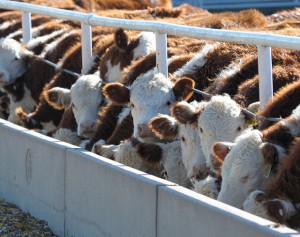by Mike Tokach, University Regents Distinguished Professor
The website KSUantibiotics.org was created as a launching point to find information about antibiotics. There is a major section on antibiotic resistance, including new K-State fact sheets about how antibiotic resistance occurs and why livestock producers should care about antibiotic resistance. There are also web links to sites that provide an overview of antibiotic resistance, mechanisms, the current knowledge about resistance in livestock production, the USDA and FDA action plans concerning resistance, and news feeds where you can find the latest information on the topic. Each of the subpages contains the major agency (ex. WHO, FAO, CDC), producer group (National Pork Board), and Journal publications on the topics. Continue reading “Check out KSUantibiotics.org for antibiotic information”
